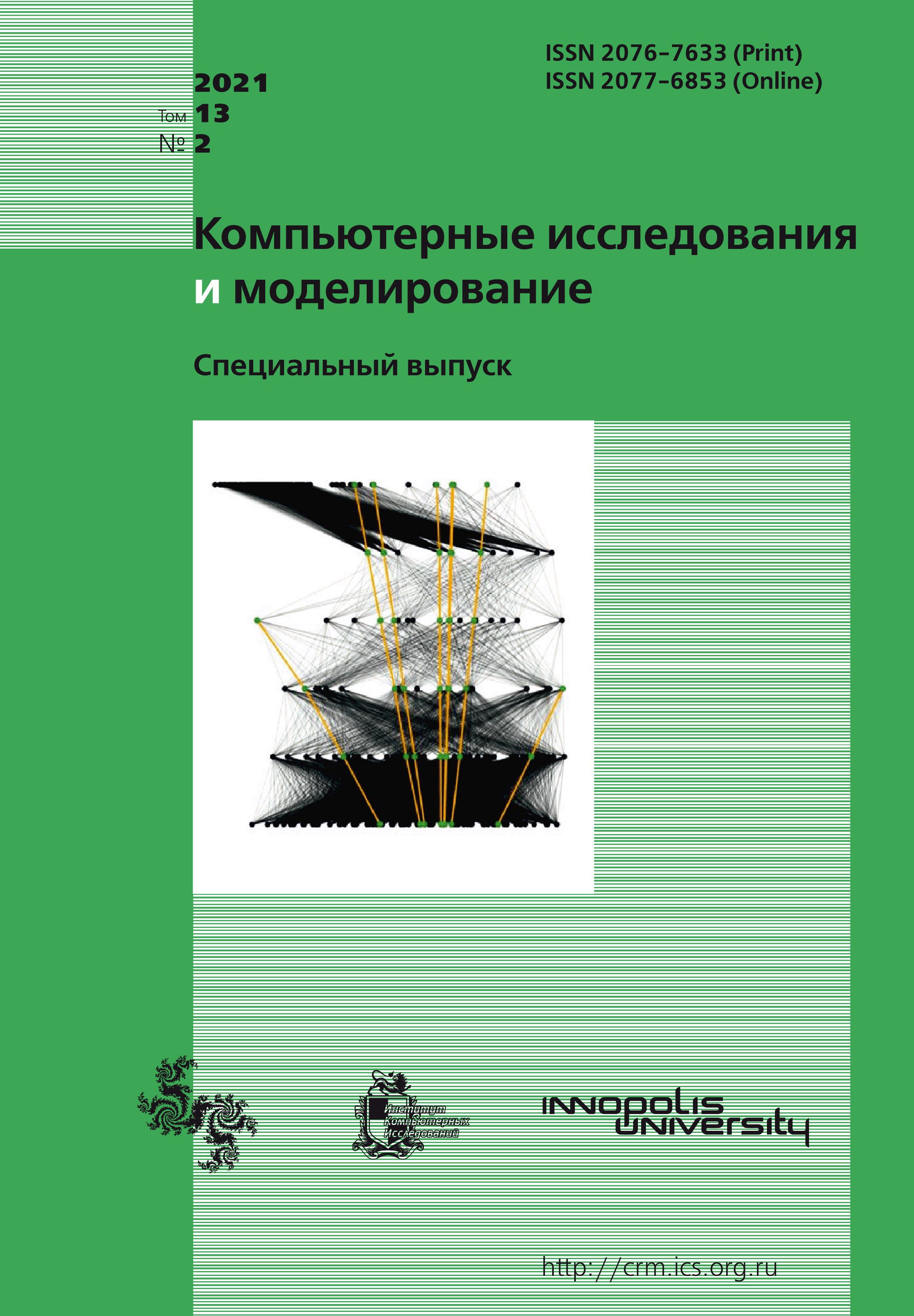All issues
- 2025 Vol. 17
- 2024 Vol. 16
- 2023 Vol. 15
- 2022 Vol. 14
- 2021 Vol. 13
- 2020 Vol. 12
- 2019 Vol. 11
- 2018 Vol. 10
- 2017 Vol. 9
- 2016 Vol. 8
- 2015 Vol. 7
- 2014 Vol. 6
- 2013 Vol. 5
- 2012 Vol. 4
- 2011 Vol. 3
- 2010 Vol. 2
- 2009 Vol. 1
A neural network model for traffic signs recognition in intelligent transport systems
 pdf (11382K)
pdf (11382K)
This work analyzes the problem of traffic signs recognition in intelligent transport systems. The basic concepts of computer vision and image recognition tasks are considered. The most effective approach for solving the problem of analyzing and recognizing images now is the neural network method. Among all kinds of neural networks, the convolutional neural network has proven itself best. Activation functions such as Relu and SoftMax are used to solve the classification problem when recognizing traffic signs. This article proposes a technology for recognizing traffic signs. The choice of an approach for solving the problem based on a convolutional neural network due to the ability to effectively solve the problem of identifying essential features and classification. The initial data for the neural network model were prepared and a training sample was formed. The Google Colaboratory cloud service with the external libraries for deep learning TensorFlow and Keras was used as a platform for the intelligent system development. The convolutional part of the network is designed to highlight characteristic features in the image. The first layer includes 512 neurons with the Relu activation function. Then there is the Dropout layer, which is used to reduce the effect of overfitting the network. The output fully connected layer includes four neurons, which corresponds to the problem of recognizing four types of traffic signs. An intelligent traffic sign recognition system has been developed and tested. The used convolutional neural network included four stages of convolution and subsampling. Evaluation of the efficiency of the traffic sign recognition system using the three-block cross-validation method showed that the error of the neural network model is minimal, therefore, in most cases, new images will be recognized correctly. In addition, the model has no errors of the first kind, and the error of the second kind has a low value and only when the input image is very noisy.
Copyright © 2021 Sabirov A.I., Katasev A.S., Dagaeva M.V.
Indexed in Scopus
Full-text version of the journal is also available on the web site of the scientific electronic library eLIBRARY.RU
The journal is included in the Russian Science Citation Index
The journal is included in the RSCI
International Interdisciplinary Conference "Mathematics. Computing. Education"






